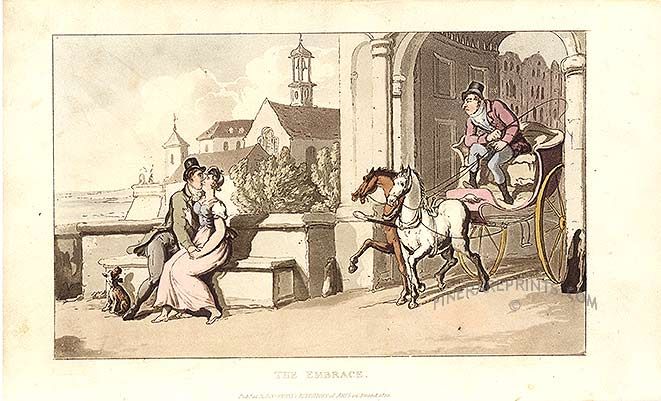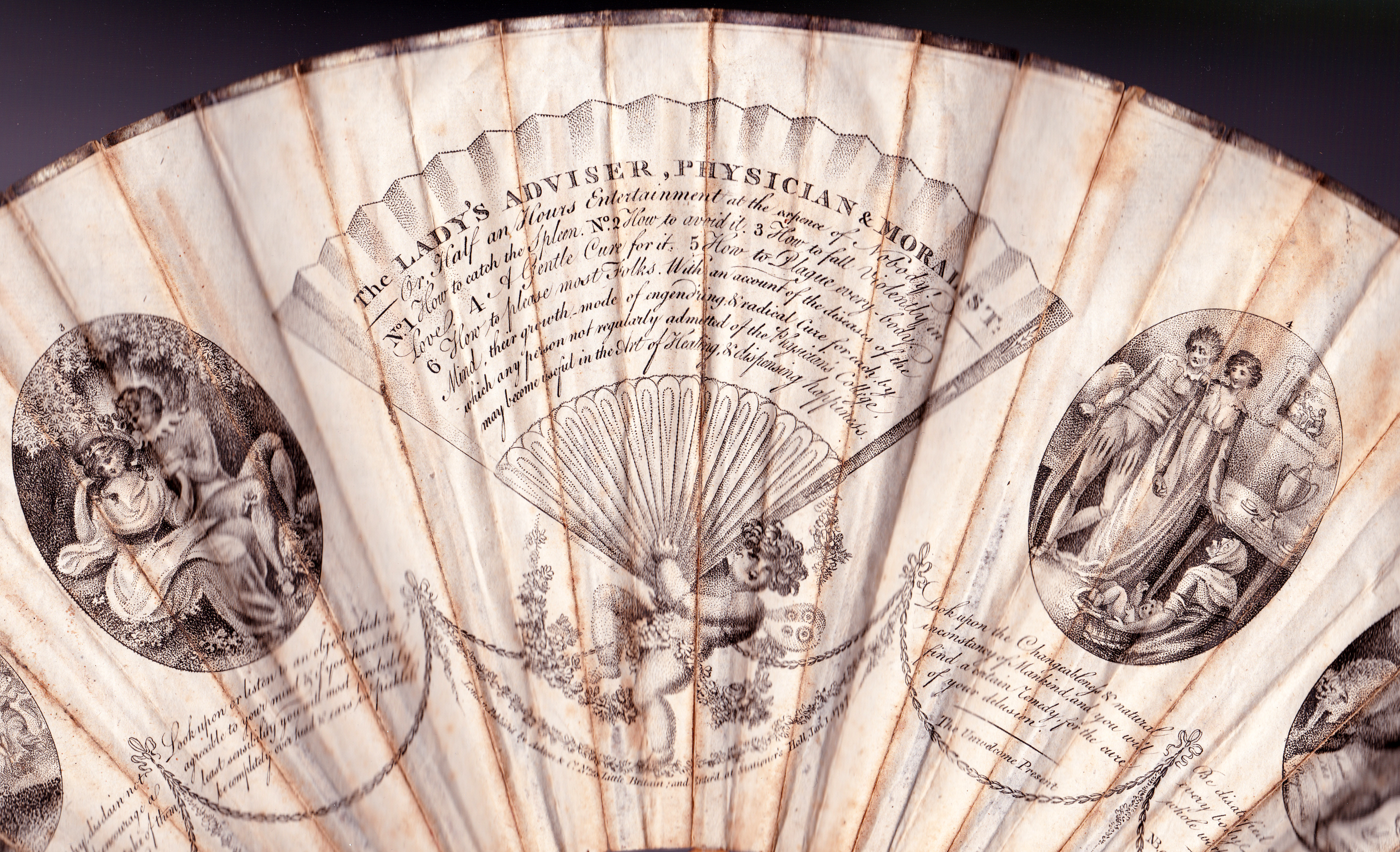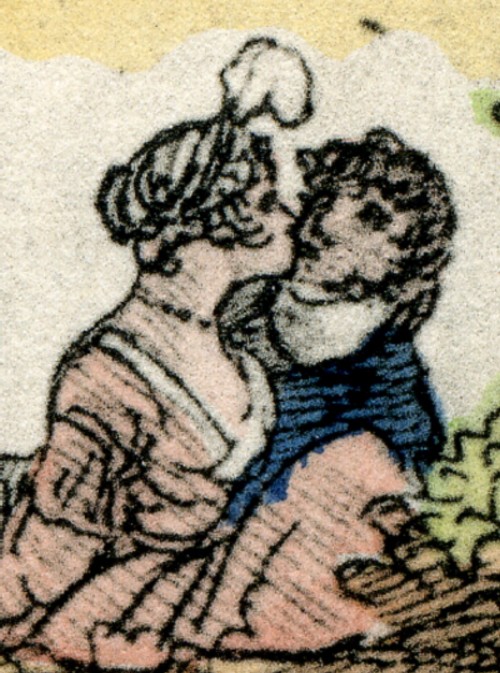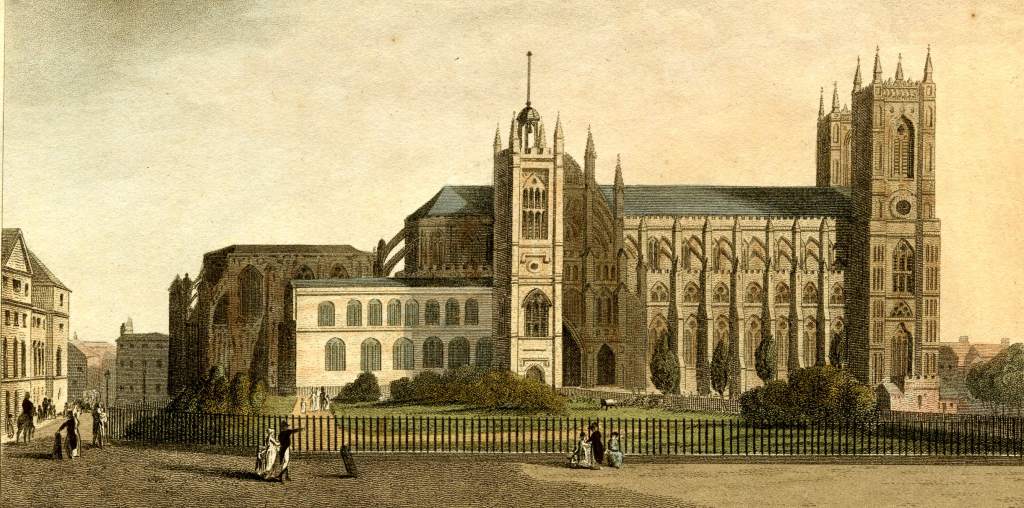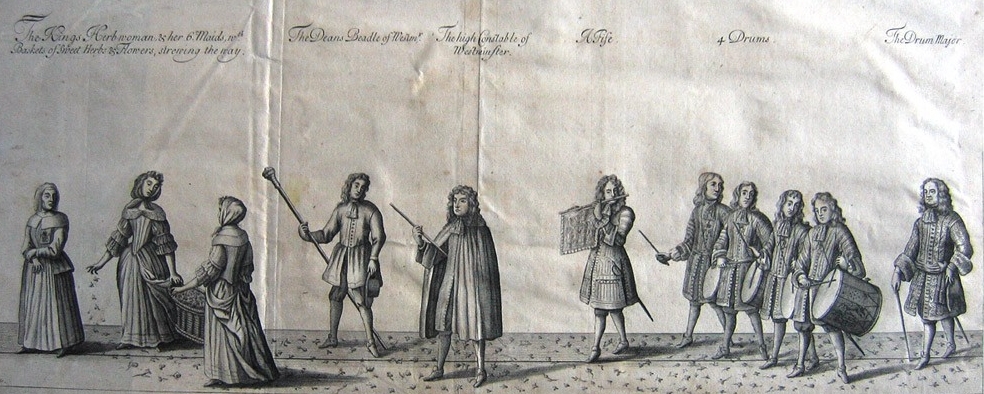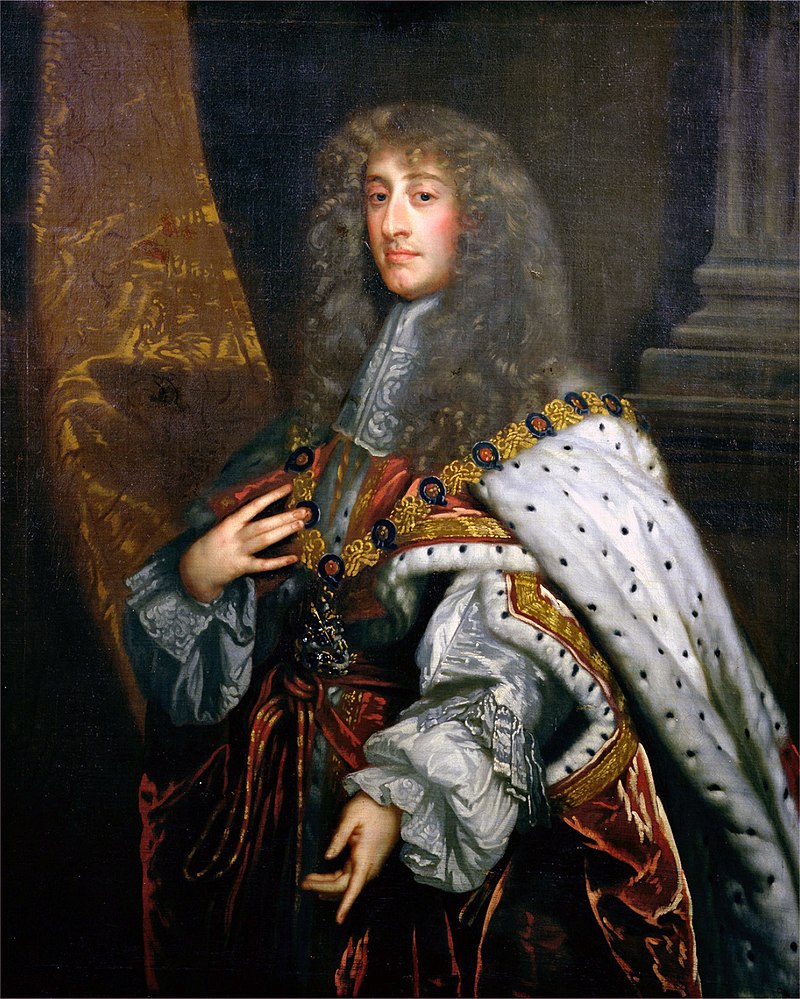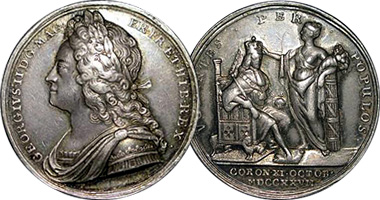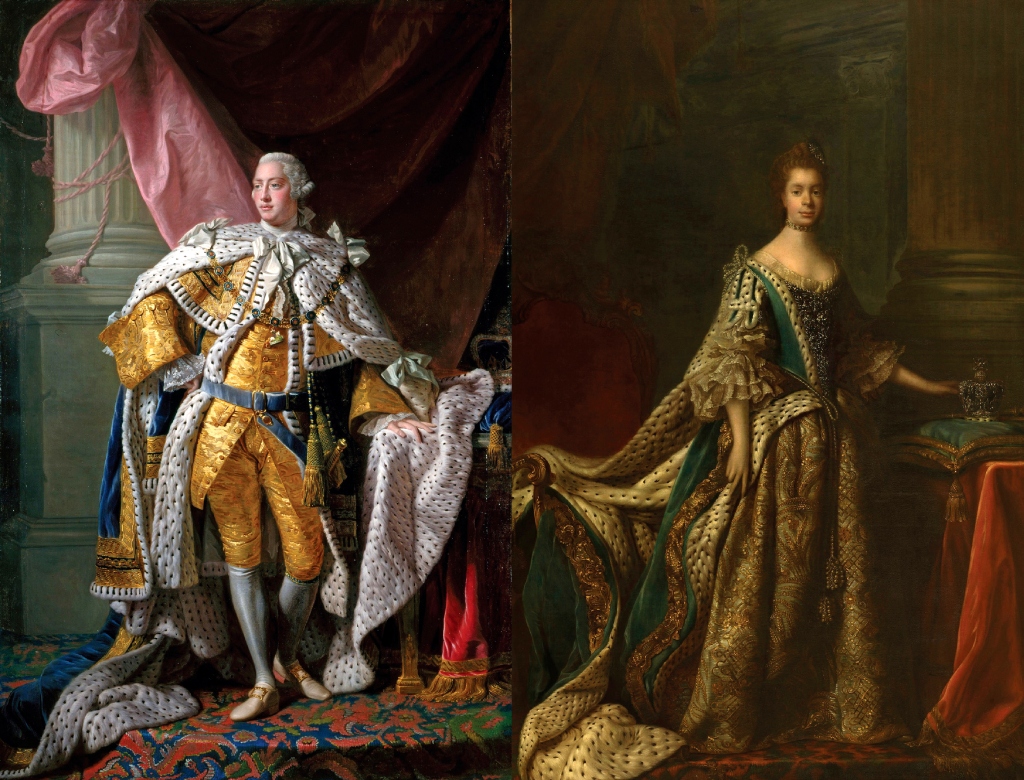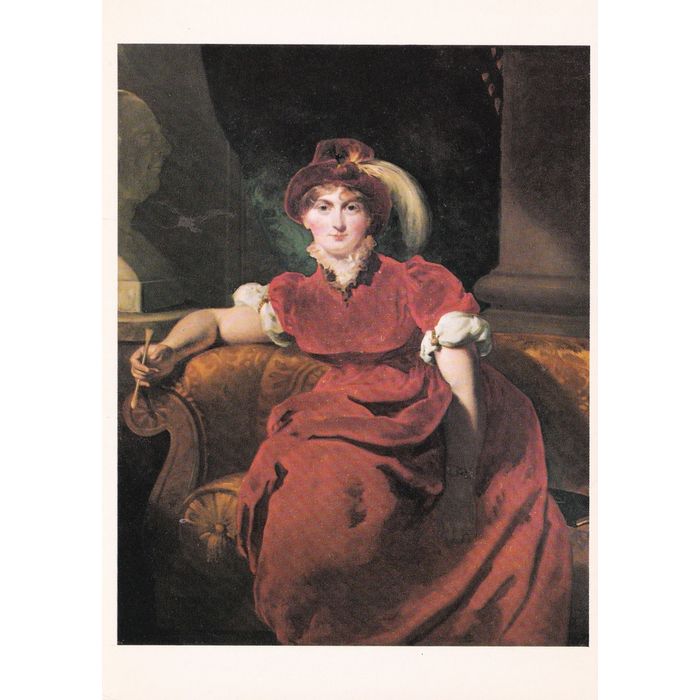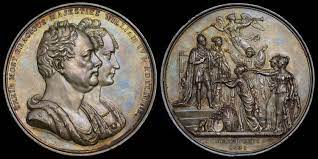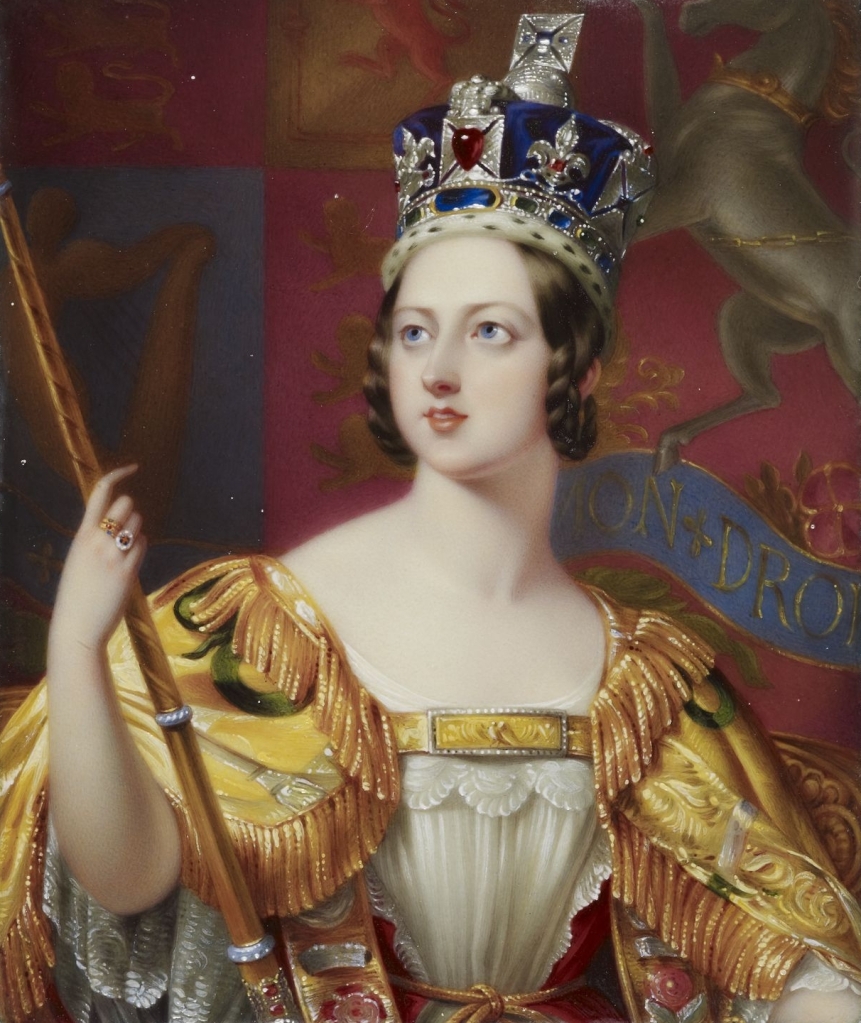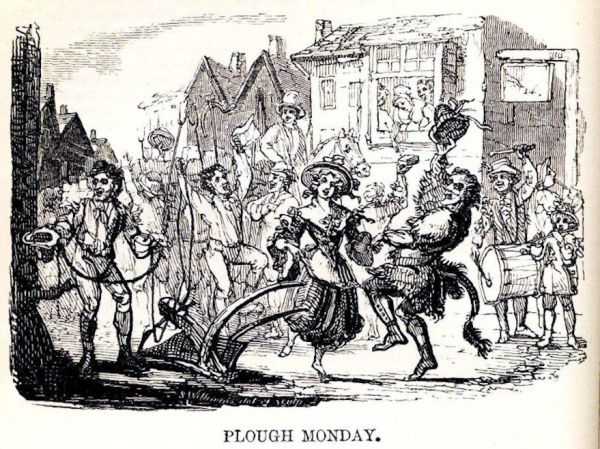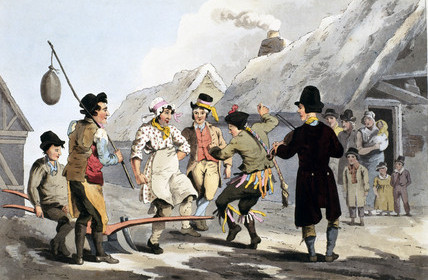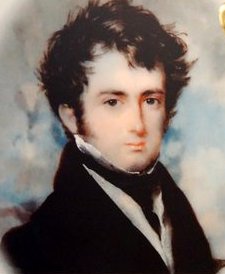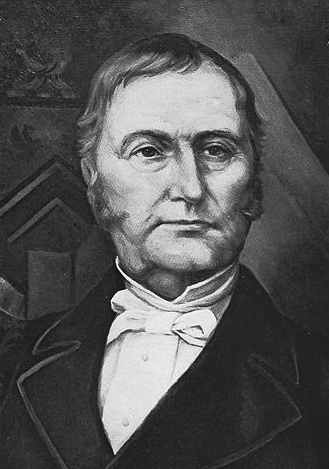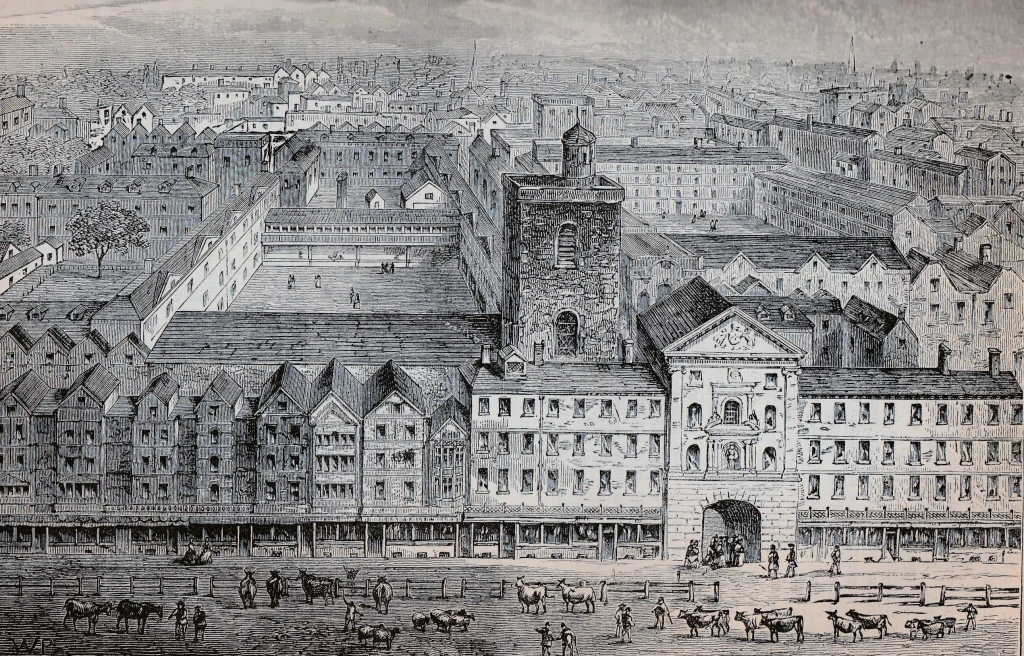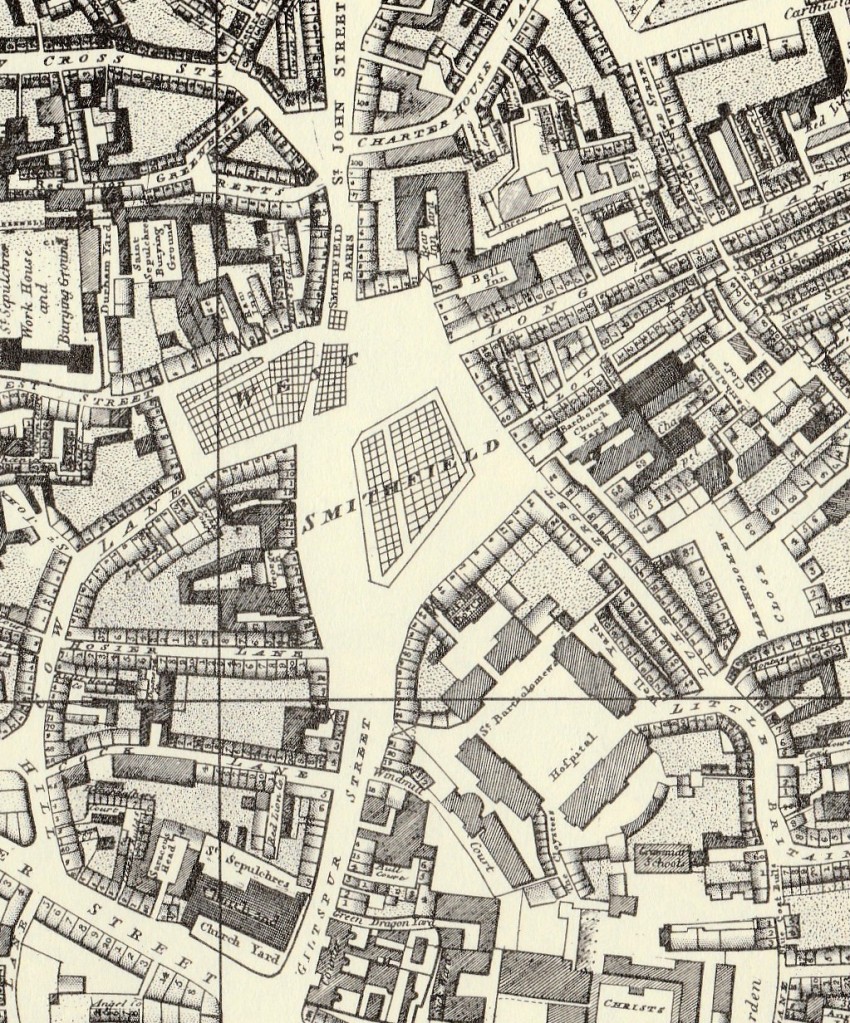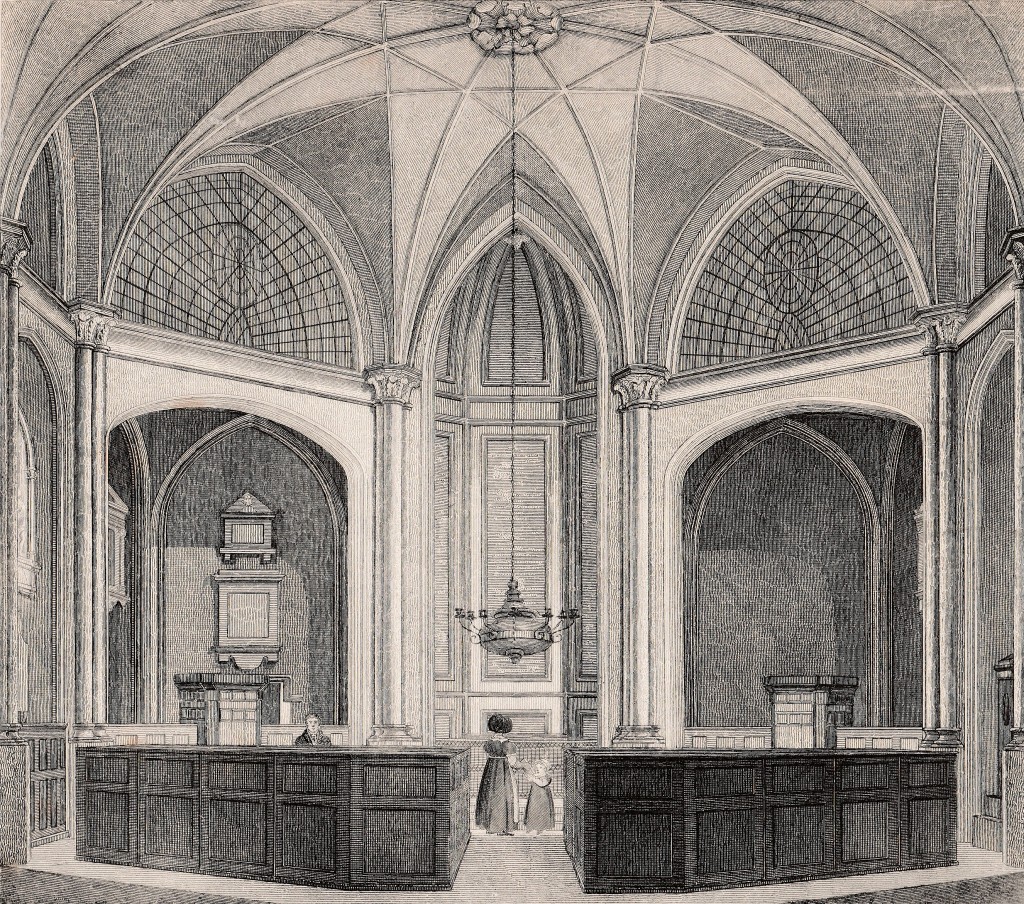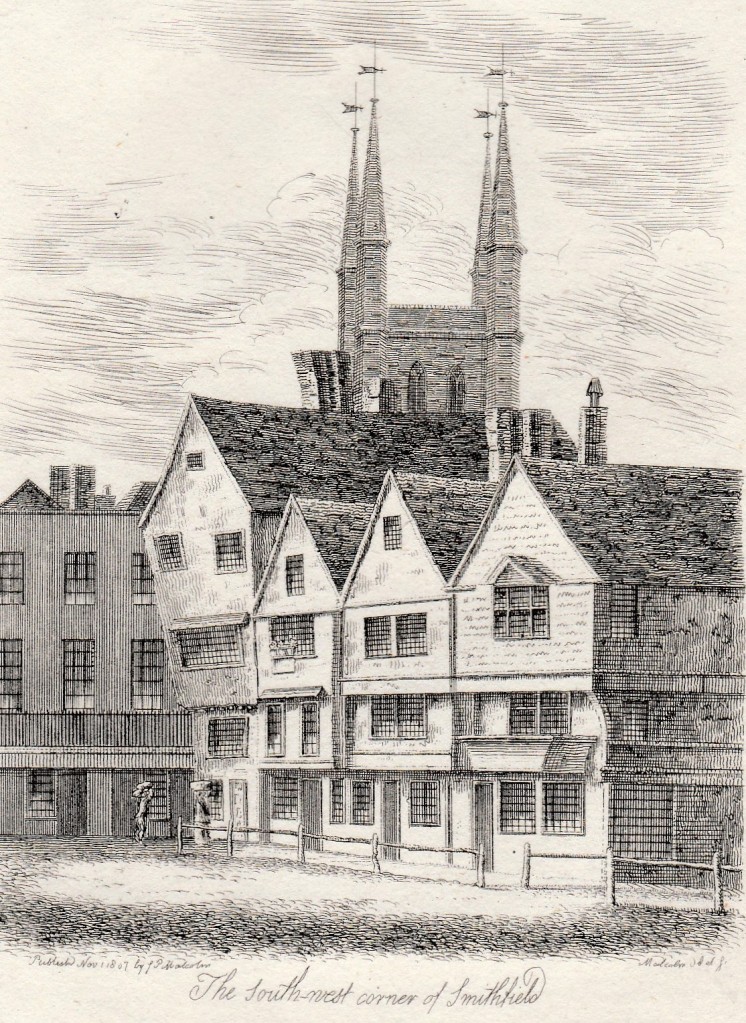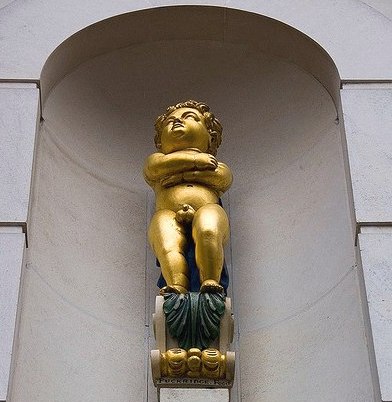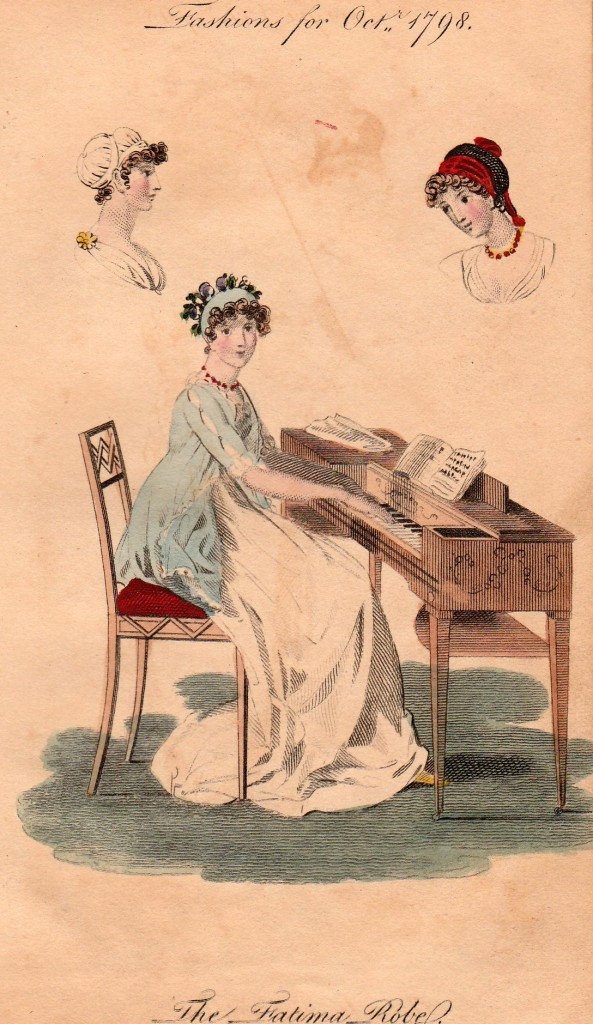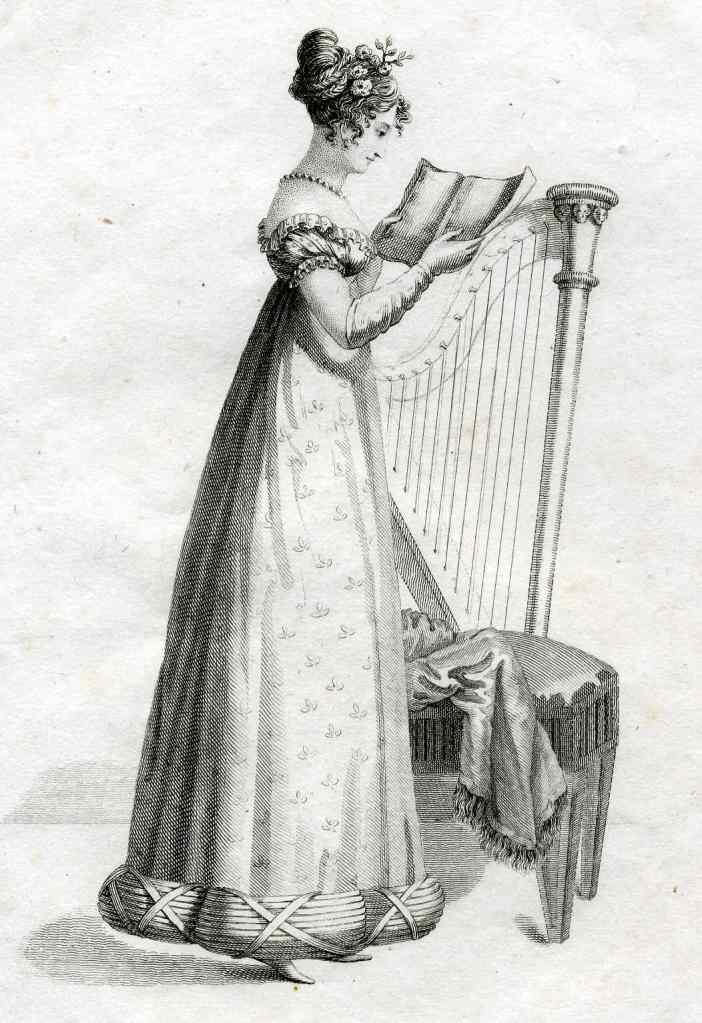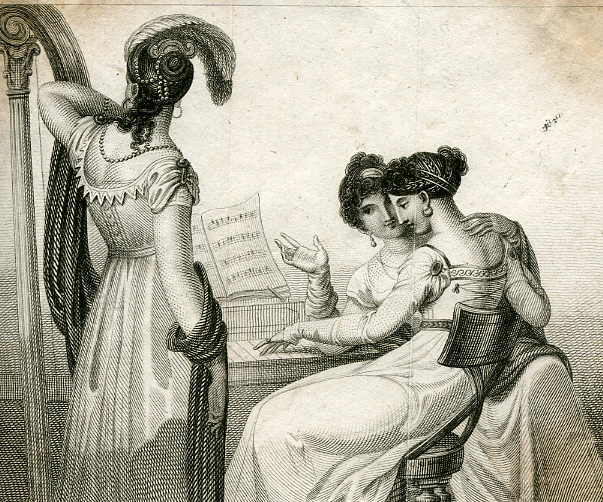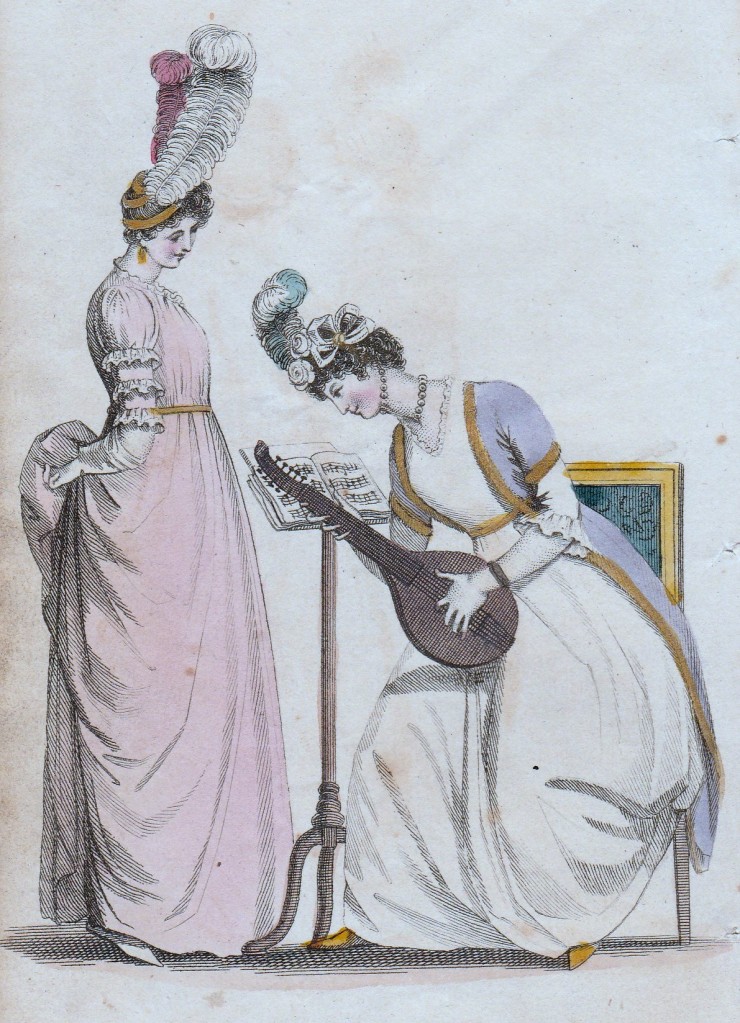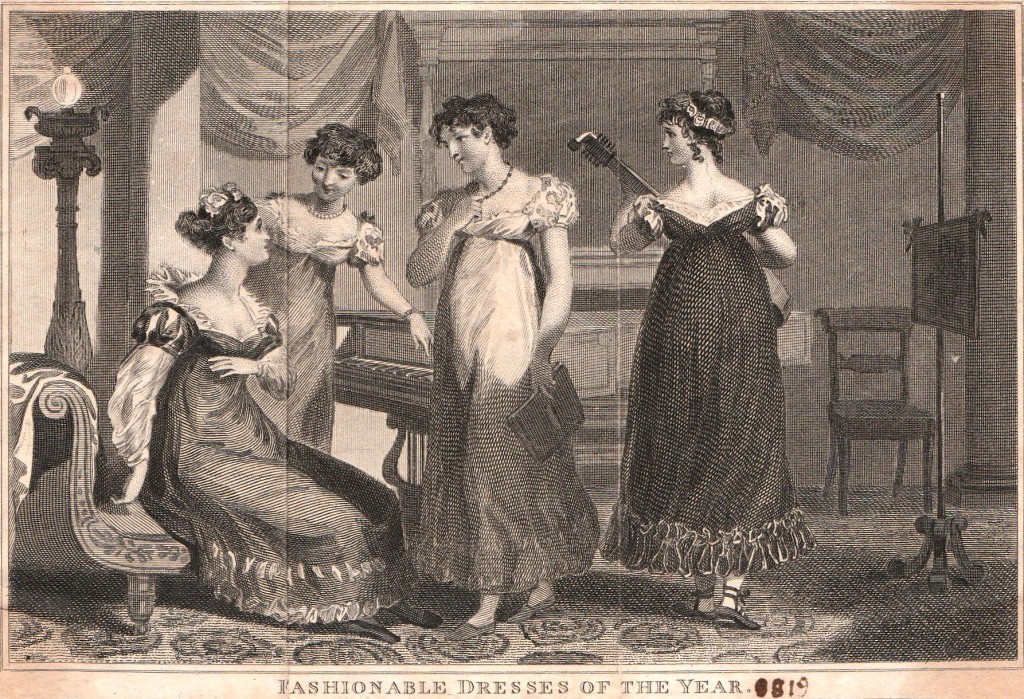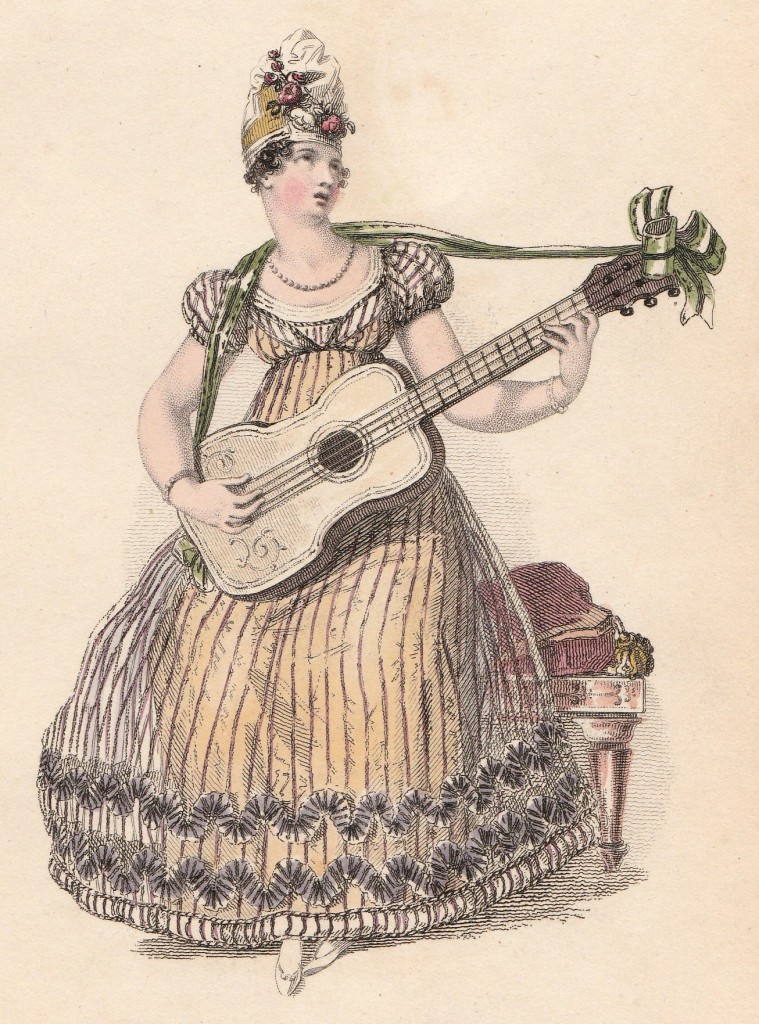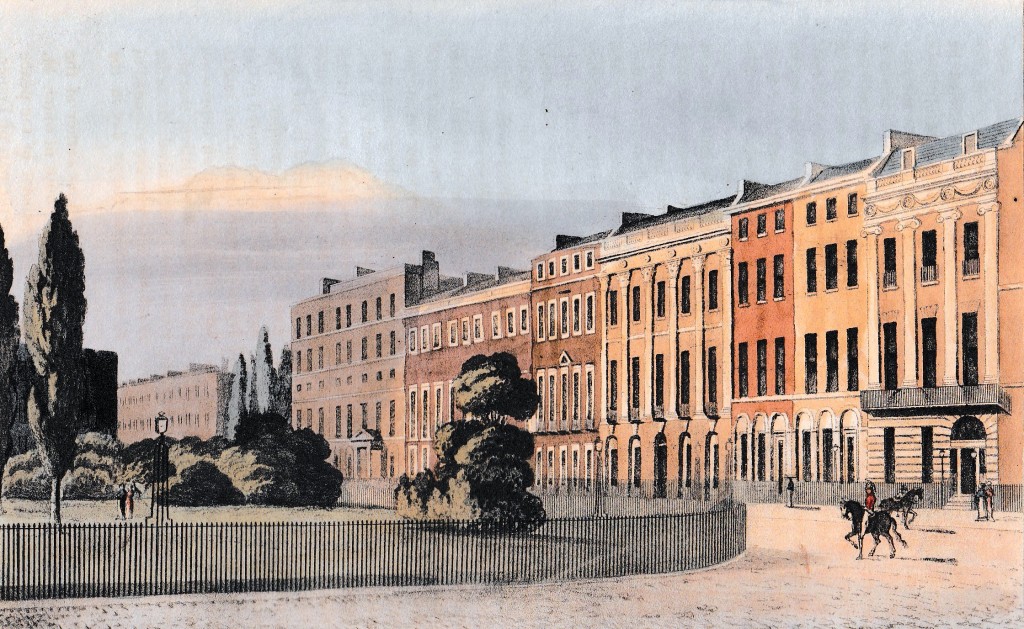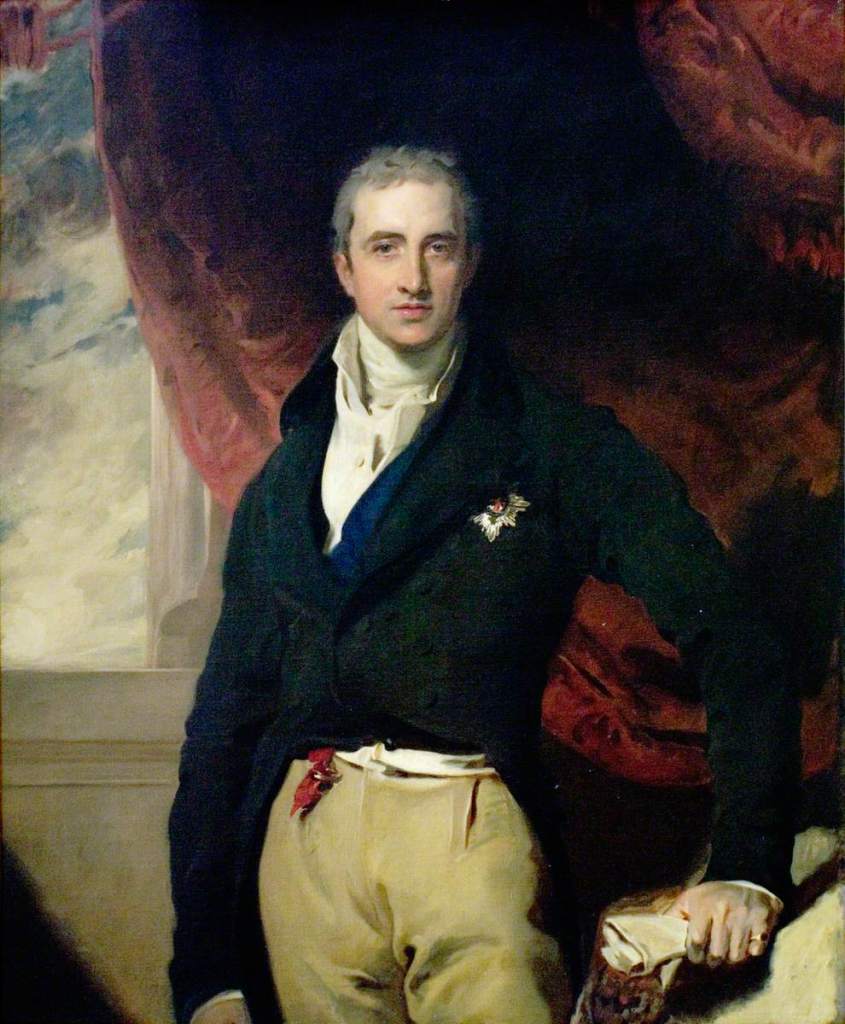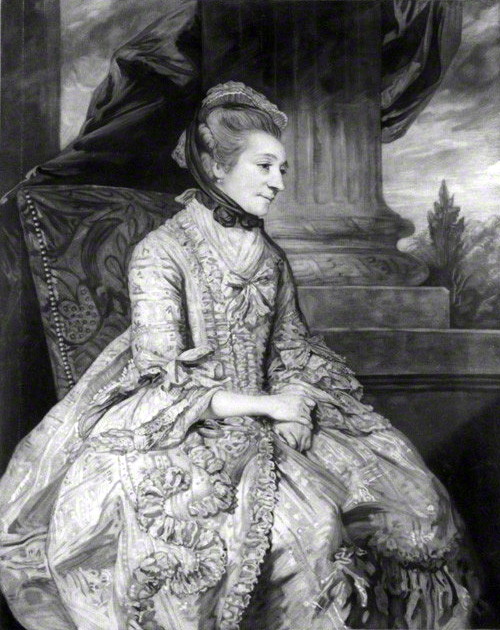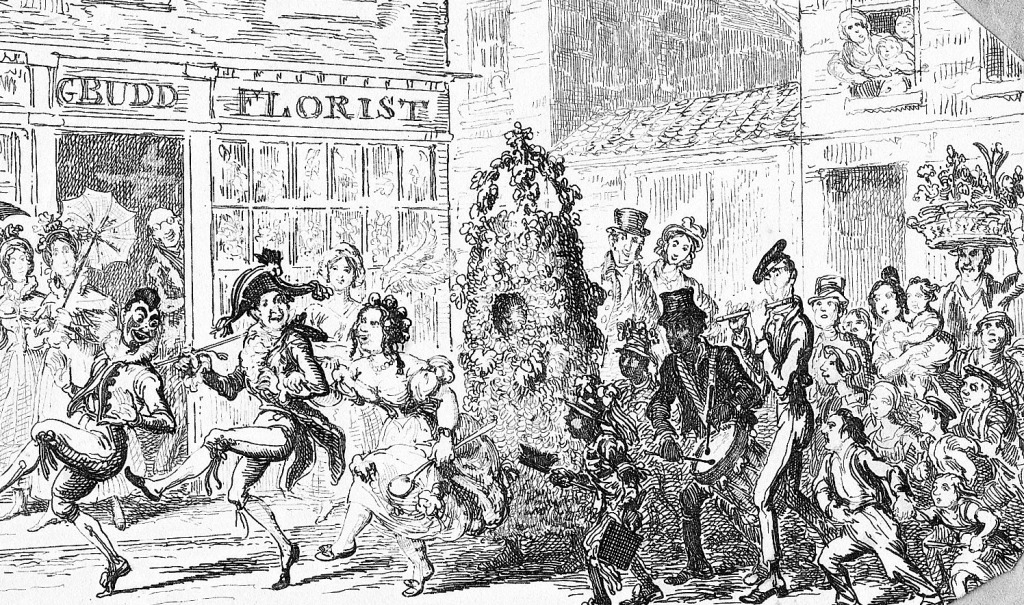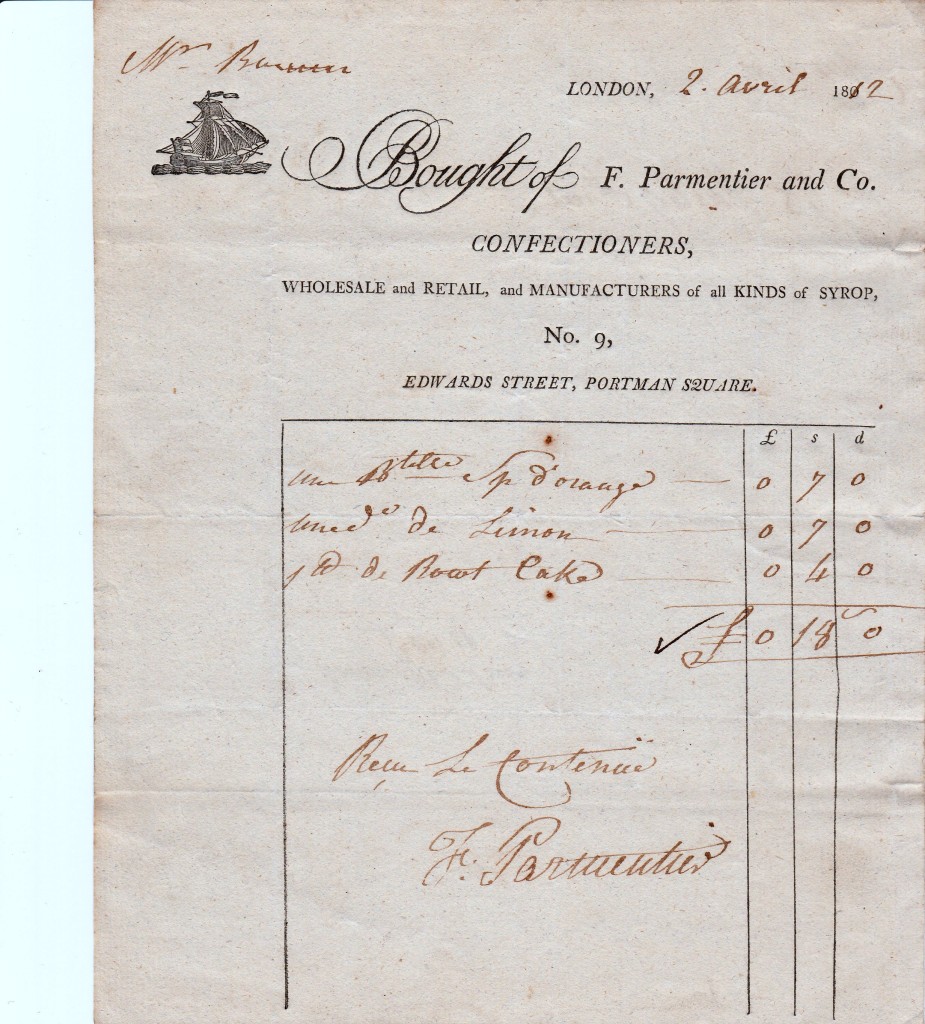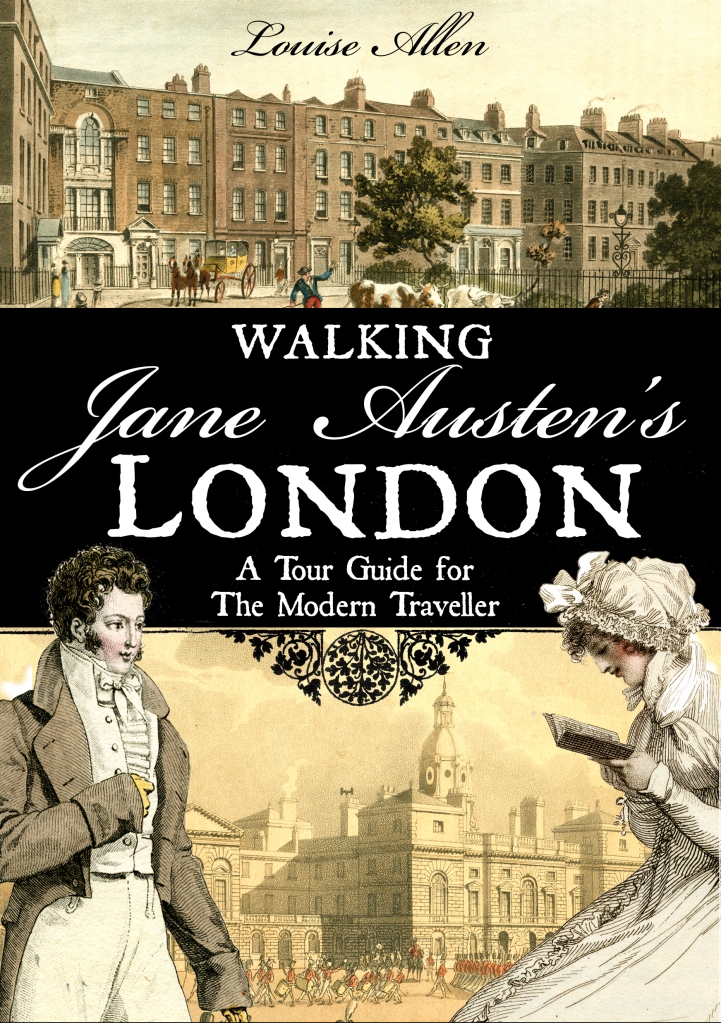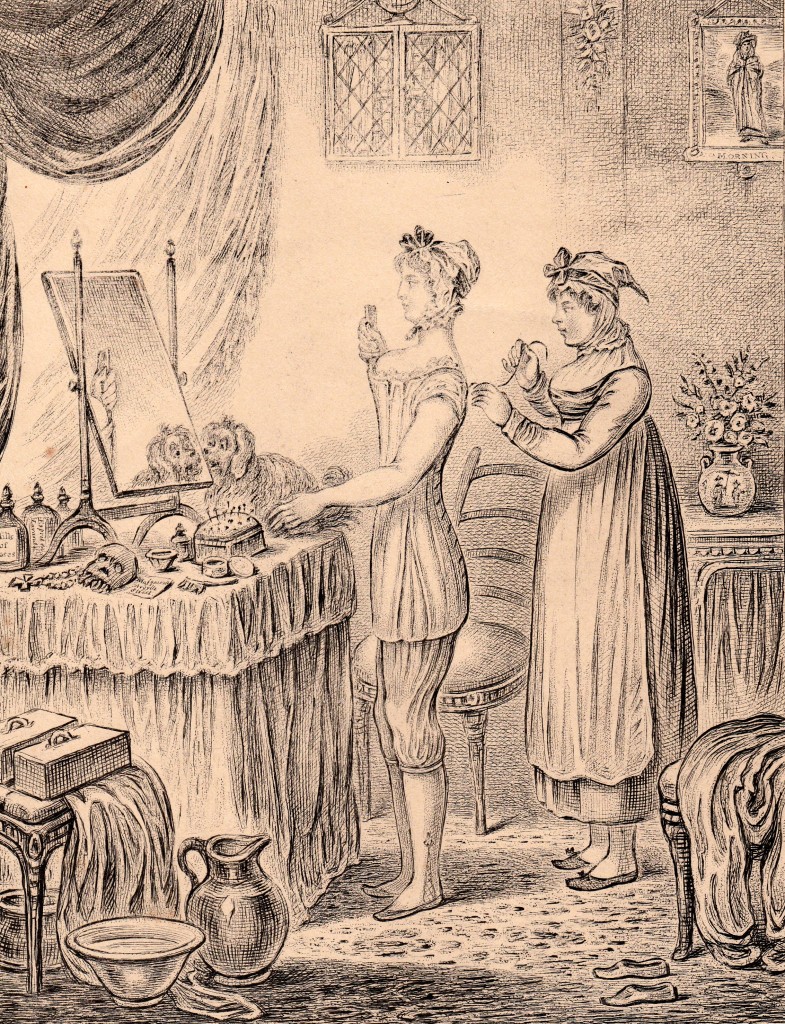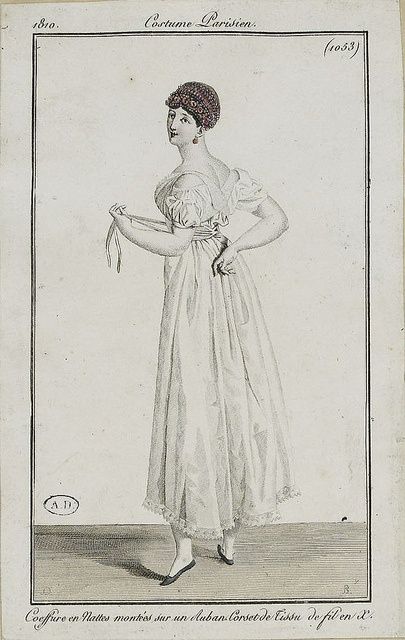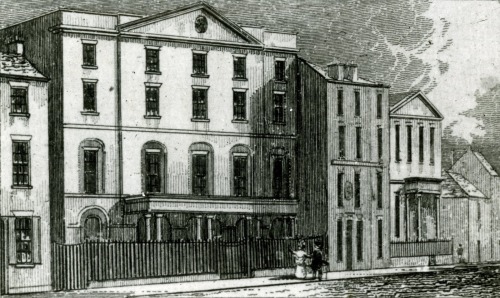
This rather undistinguished-looking building is Hull’s third theatre, and second Theatre Royal, in Humber Street, built in 1810 to replace the original of 1769, situated in Finkle Street.
The Finkle Street building had a ‘piazza’ at the front and separate entrances for each section of the house. Inside, the boxes were fenced off from the pit, and linked by a gallery
The season ran from October to January, which was longer than most, but no summer season was attempted because most of the likely customers moved out of town and, as the then manager Tate Wilkinson recalled, ‘seafaring persons, who are keen supporters are abroad’. The actors were mainly provincials but occasionally London stars would appear. In 1786 Mrs. Siddons took to the boards in Hull for a week, but the cost of promoting her season was so great that from the gross receipts of £450 the profit was only £130.
In 1803 John Wilkinson succeeded his father as manager and was soon in financial difficulty. There were complaints of the narrowness of the street and the dangers of fire and the stage was too shallow for the elaborate melodramas then in fashion. Critics called the theatre ‘dirty, ill-lighted, and incommodious’.
The oldest playbills I have are for November 1803, the period of these complaints. By 1808 John Wilkinson was planning a new theatre.
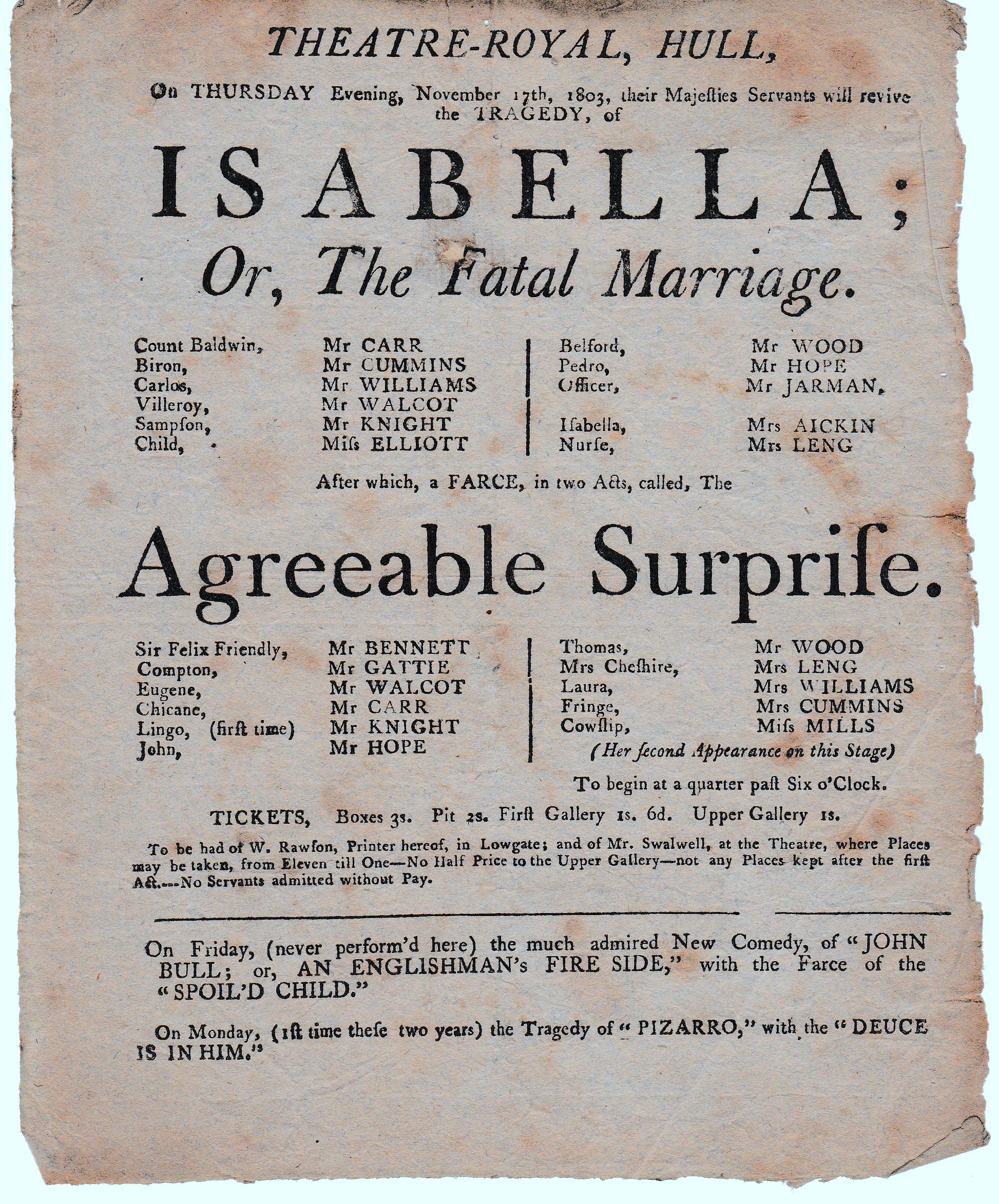
The prices range from 3 shillings for a box to one shilling in the upper gallery. A place in the pit (the area immediately in front of the stage) costs one shilling. In 1809 there were riots at Covent Garden Theatre when the price of pit tickets was raised to half that – 6 pence – so this seems expensive. For the same money you could buy 20 pounds of potatoes. The note about the admission of servants probably refers to the habit of theatre-goers of sending their servants along to occupy seats until such time as they decided to arrive.
The tragedy, Isabella, or, the Fatal Marriage was an immensely popular work by Thomas Southerne, first performed in 1694. Isabella, mourning her dead husband Biron, is ravished and marries Villeroy. Then Biron reappears, is murdered and Isabella kills herself. To cheer the audience up after that is The Agreeable Surprise, a farce by John O’Keefe. The image below is from a later edition illustrated by Cruickshank and shows the dairy maid Buttercup with the character of Lingo in the centre.

The next evening many of the same actors were appearing in a comedy followed by a one-act farce.
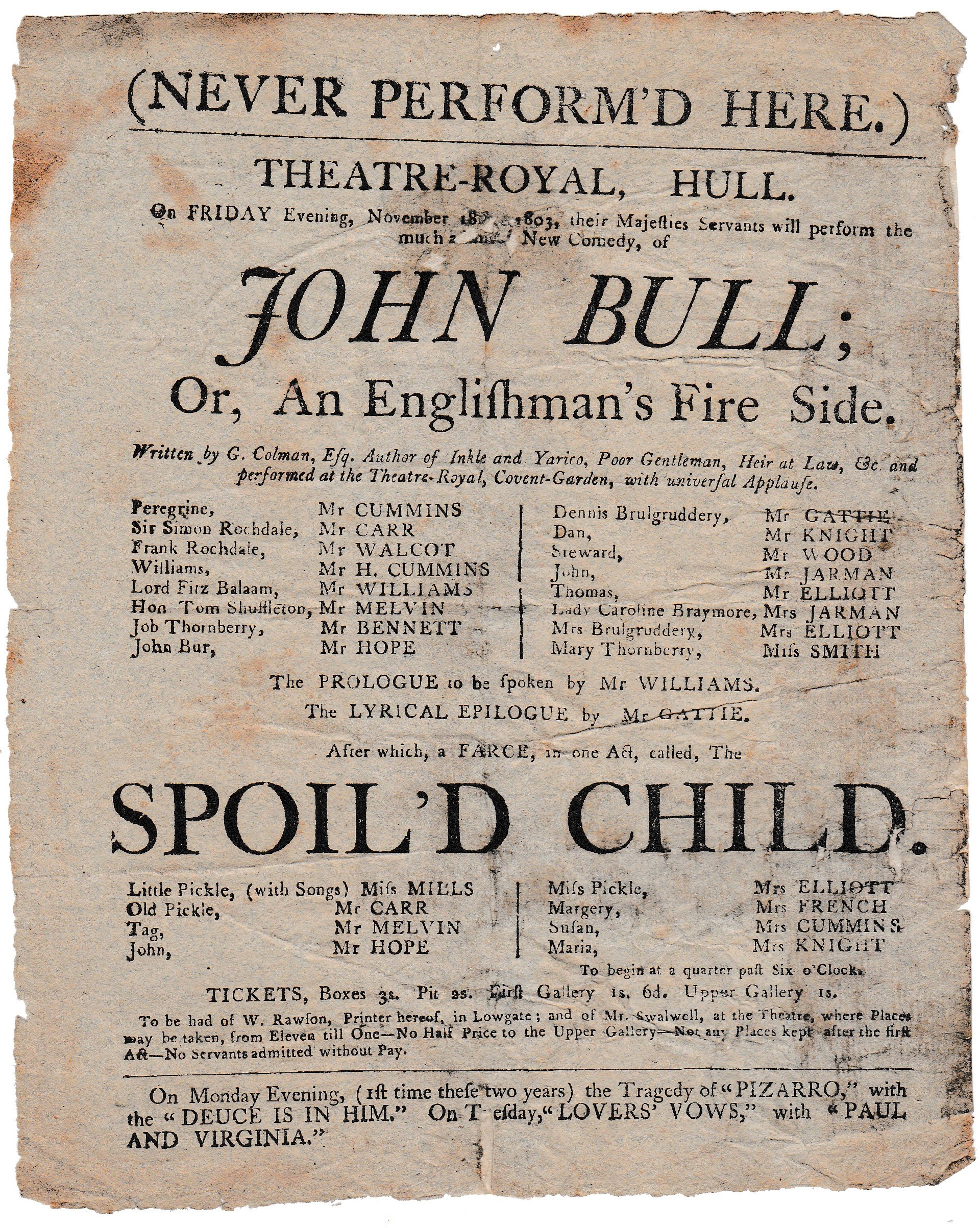
John Bull was a five act comedy by John Colman the Younger. Here’s the opening few lines. I feel sorry for the poor pig with the measles.
ACT THE FIRST.
SCENE I.
A Public House on a Heath: over the Door the Sign of the Red Cow;——and the Name of “Dennis Brulgruddery.”
Enter Dennis Brulgruddery and Dan, from the House. Dan opening the outward Shutters of the House.
Dennis. A pretty blustratious night we have had! and the sun peeps through the fog this morning, like the copper pot in my kitchen.—Devil a traveller do I see coming to the Red Cow.
Dan. Na, measter!—nowt do pass by here, I do think, but the carrion crows.
Dennis. Dan;—think you, will I be ruin’d?
Dan. Ees; past all condemption. We be the undonestest family in all Cornwall. Your ale be as dead as my grandmother; mistress do set by the fire, and sputter like an apple a-roasting; the pigs ha’ gotten the measles; I be grown thinner nor an old sixpence; and thee hast drank up all the spirity liquors.
Dennis. By my soul, I believe my setting up the Red Cow, a week ago, was a bit of a Bull!—but that’s no odds. Haven’t I been married these three months?—and who did I marry?
Dan. Why, a waddling woman, wi’ a mulberry feace.
The farce, The Spoil’d Child was a popular piece that crops up in several of the big London theatres.
My next playbill is for December 1804, the next season and, irritatingly, it does not give prices for tickets – I was hoping to see if Mr Wilkinson was reducing them in the face of criticism. It is, however, a benefit performance in aid of Mrs Wilkinson, one of the actors and, I assume, John’s wife.

The comic opera is followed by a song by Thomas Arne, performed by Mrs Wilkinson with another of the cast on the trumpet.
The soldier tir’d
of war’s alarms
for swears the clang of hostile arms
and scorns the spear and shield
But if the brazen trumpet sound
he burns with conquest to be crown’d
and dares again the field
The Duenna was written by Richard Brisley Sheridan in 1794. The pantomime, Raymond & Agnes seems to derive from a Gothick tale of haunting by a bleeding nun in a German castle. I can’t find any of the script unfortunately, but the song, The Bleeding Nun, begins:
On each fifth day of each fifth year
The Bleeding Nun she doth appear
And slowly walks the castle round with steps that mark the trembling ground…
The Theatre Royal was renowned for its pantomimes and, in true pantomime tradition, often included local references.
In February 1804 the double bill was a comedy (Lovers’ Vows; Or, the Natural Son) “to which will be added a Melo Drame” [sic] A Tale of Mystery. The second act was enlivened by a garland dance.
To quote British History On-Line:
“The new theatre was completed by 1810 to the designs of Charles Mountain, the younger. It contained three tiers of boxes, two galleries, and a pit, with accommodation for 1,700. The stage was 54 feet deep. There was a domed ceiling over the pit and orchestra, connected to the sides of the building by a circle of groined arches, and an elliptical ceiling over the proscenium. The house was decorated in pink, yellow, white, and grey, and the boxes were lined with scarlet cloth. The cost of building aggravated Wilkinson’s financial difficulties, and summer seasons in 1810, 1812, and 1813 were expensive failures. He retired from the management in 1814 but his successors fared no better. When a fire destroyed the theatre in 1859 it was noted that ‘latterly the managements have changed almost yearly’ and that ‘the prestige of the property has lamentably decreased’.”
I have one more playbill, for 1812, one of those disastrous seasons.

As well as the comedy there are five comic songs – all with mentions of the Theatre Royal, Haymarket, as if to add lustre to the programme – and a musical farce: The Farmer; Or, The Macaroni Staymaker. The name of the stay (or corset) maker is Jemmy Jumps and for an explanation of stays, corsets and jumps, please see the post immediately preceding this one. Unfortunately I cannot locate any of the script of that one – I would love to see some corset jokes!
